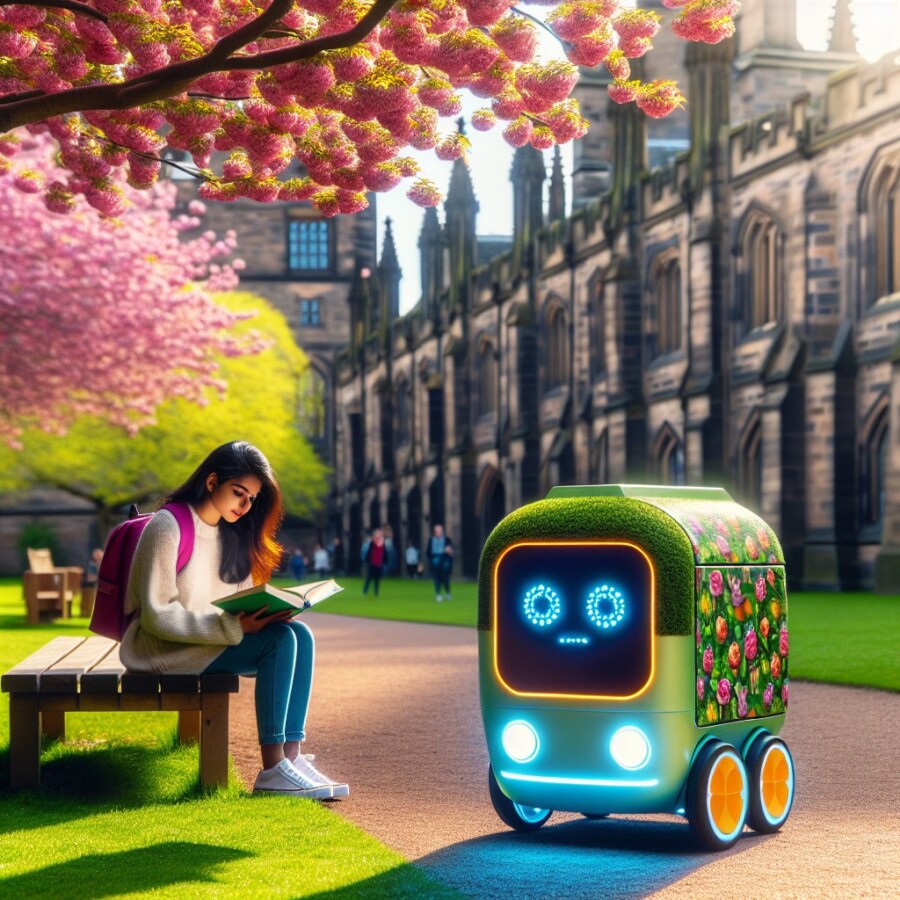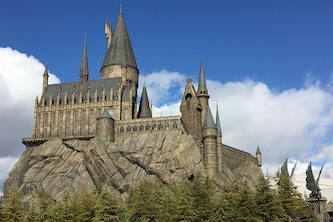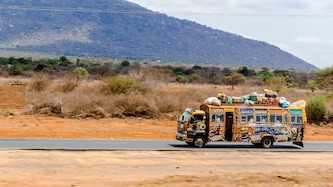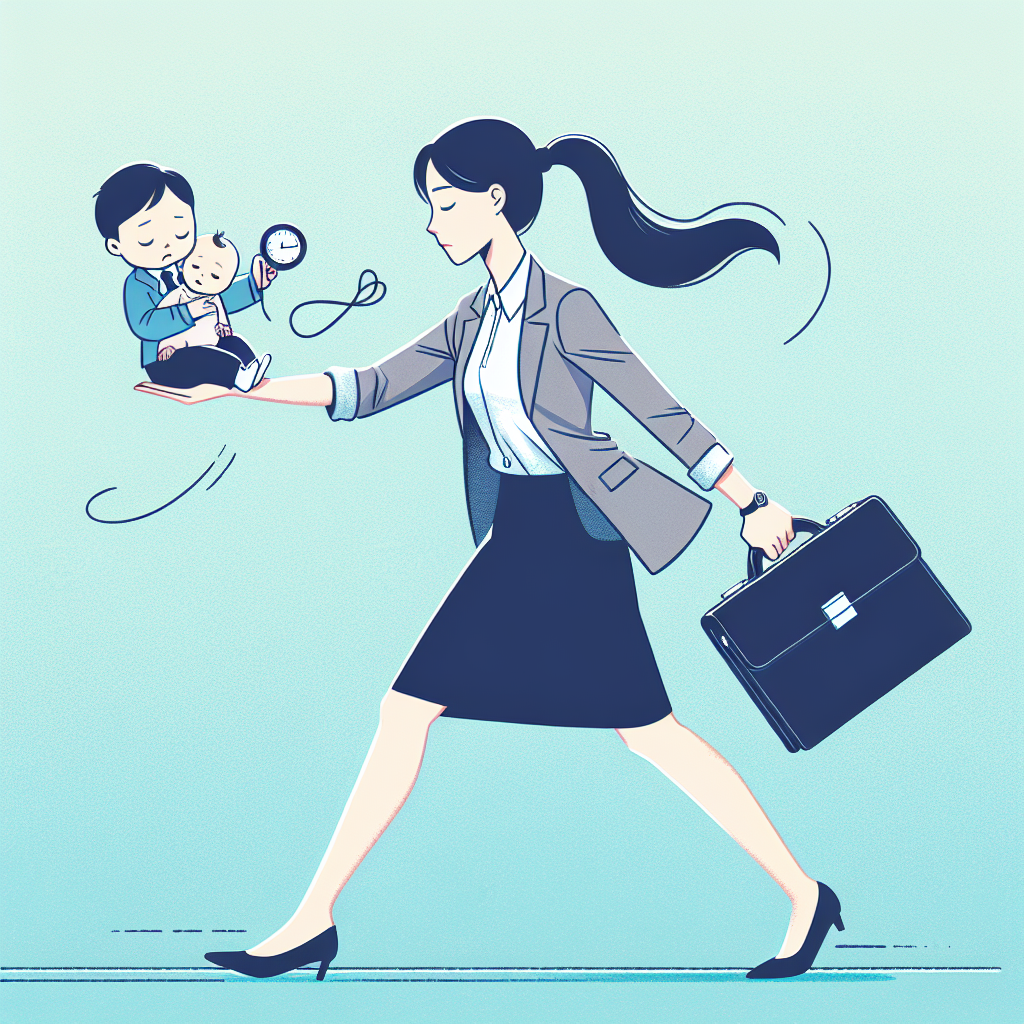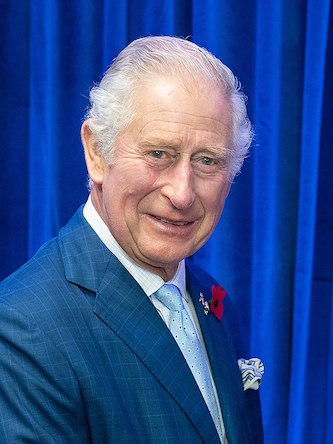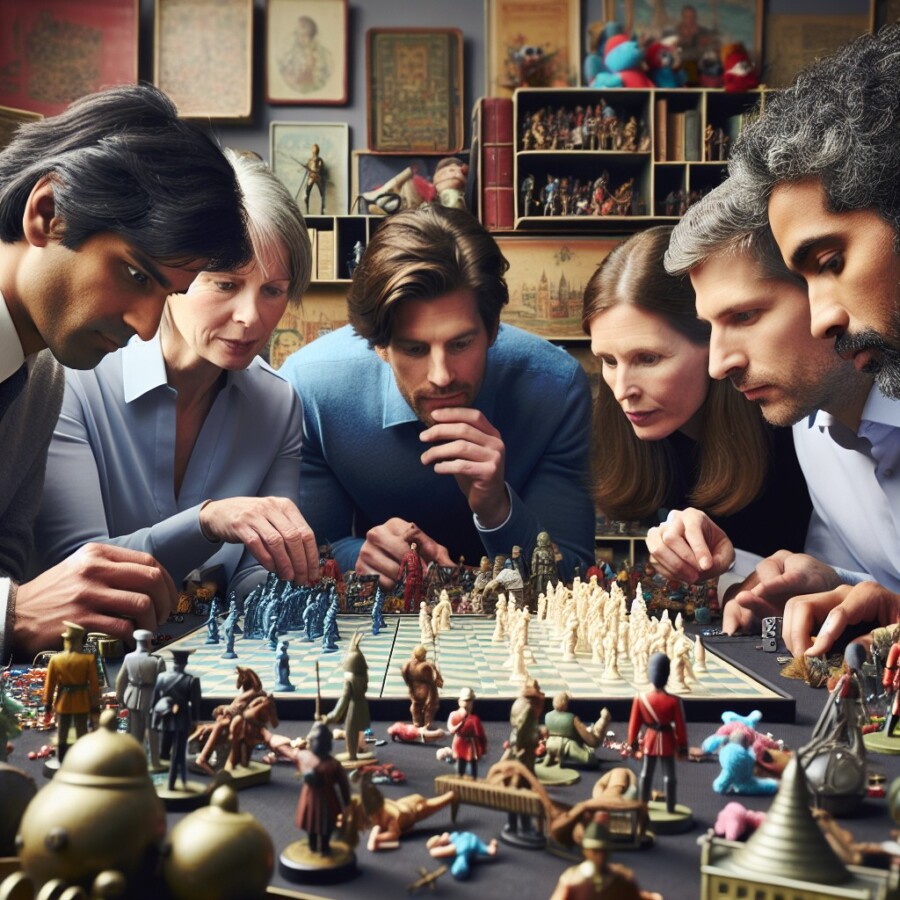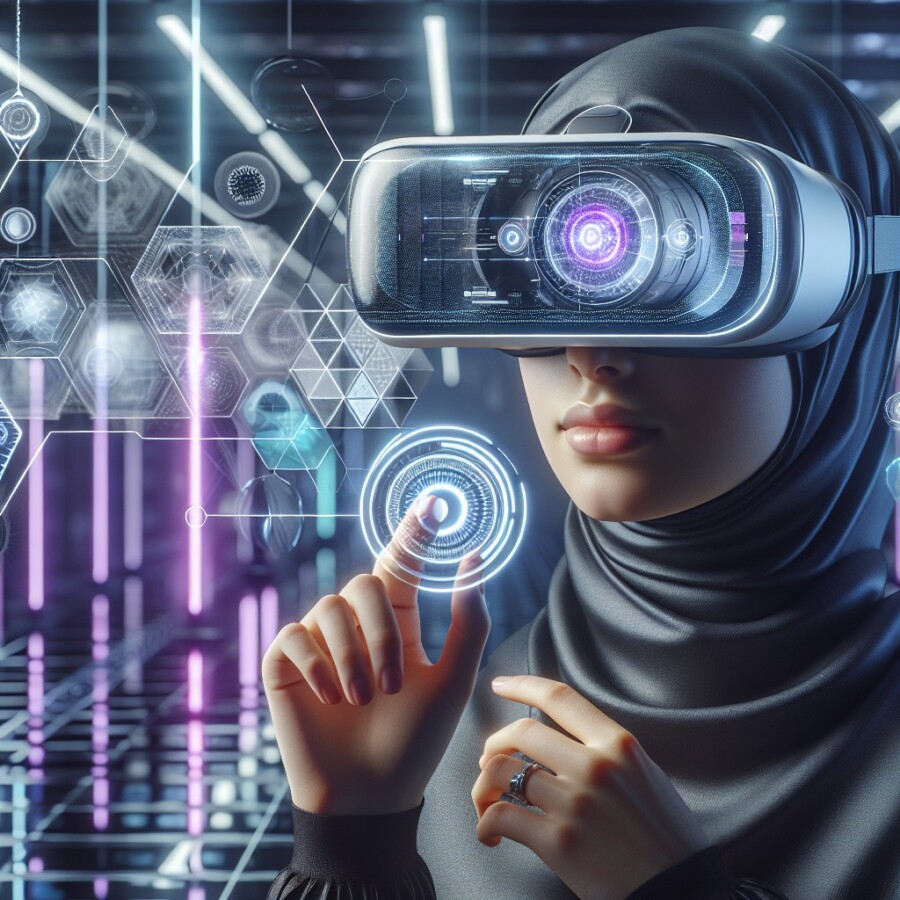At the University of Edinburgh, there are small robots called Pixie that can bring food to students. Students use a phone app to tell Pixie what food they want. These robots can move by themselves on special paths in the school. The school made its own robot to show how these robots can work in different places, like airports or hospitals.
People are starting to use robots more to deliver food, like what’s happening at the University of Edinburgh. Students can get their food without any person having to bring it to them. This robot idea could also be used in other places, not just schools. The school hopes that by using these robots, they can show how good they are at delivering food. They think that in the future, more robots will be used to bring us our food.
Original news source: The robots delivering takeaways to Edinburgh students (BBC)
🎧 Listen:
Slow
Normal
Fast
📖 Vocabulary:
| 1 | robots | Little machines that can move and do things by themselves |
| 2 | students | People who go to school to learn new things |
| 3 | app | A program on your phone that you can use to do stuff |
| 4 | deliver | To bring something from one place to another |
| 5 | food | Things you eat when you are hungry |
| 6 | paths | Roads or tracks where you can walk or drive |
| 7 | airports | Big places where airplanes take off and land |
| 8 | hospitals | Places where sick people go to get better |
| 9 | future | Time that hasn’t happened yet |
| 10 | idea | A thought about how to do something |
Group or Classroom Activities
Warm-up Activities:
– Charades
Instructions: Divide the class into small groups. Give each group a set of vocabulary cards related to the article (e.g. robot, food, university, app). One student from each group will act out a word without speaking, while the other group members guess what word it is. The group that guesses correctly gets a point. Repeat with different students acting out words.
– Vocabulary Pictionary
Instructions: Divide the class into pairs. Give each pair a set of vocabulary cards related to the article. One student from each pair will choose a card and draw a picture to represent the word, while the other student guesses what word it is. After a set time, switch roles. The pair with the most correct guesses wins.
– Opinion Poll
Instructions: Ask the students to form a circle. Give each student a slip of paper with a question related to the article (e.g. “Do you think robots will replace humans in delivering food?”). Students should write “yes” or “no” on their papers without showing anyone. Then, go around the circle and have each student share their opinion and briefly explain why.
– Think-Pair-Share
Instructions: Ask the students to think about the advantages and disadvantages of using robots to deliver food. Then, pair them up and have them discuss their thoughts with their partner. After a few minutes, ask some pairs to share their ideas with the whole class.
– Future Predictions
Instructions: Divide the class into small groups. Ask each group to brainstorm and write down three predictions about how robots will be used in the future. Give them a few minutes to discuss and come up with their predictions. Then, have each group share their predictions with the class. Encourage them to explain their reasoning behind each prediction.
🤔 Comprehension Questions:
1. What are the small robots at the University of Edinburgh called?
2. How do students tell the robots what food they want?
3. Can the robots move by themselves?
4. Where else could these robots be used besides schools?
5. Why does the school want to use these robots?
6. What do the robots bring to the students?
7. In the future, what does the school think will happen with robots and food delivery?
Go to answers ⇩
🎧✍️ Listen and Fill in the Gaps:
At the University of (1)______, there are small robots called (2)______ that can bring food to students. Students use a phone app to tell Pixie what food they want. These robots can move by themselves on special (3)______ in the school. The school made its own robot to show how these robots can work in (4)______ places, like airports or hospitals.
People are starting to use robots more to deliver food, like what’s happening at the (5)______ of Edinburgh. Students can get their food without any person having to bring it to them. This (6)______ idea could also be used in other places, not just schools. The school hopes that by using these (7)______, they can show how good they are at delivering food. They think that in the future, more robots will be (8)______ to bring us our food.
Go to answers ⇩
💬 Discussion Questions:
Students can ask a partner these questions, or discuss them as a group.
1. What is a robot?
2. How would you feel if a robot brought your food to you?
3. Do you like the idea of robots delivering food? Why or why not?
4. What other places do you think robots could deliver food to?
5. How do you think the robots know where to go in the school?
6. Do you think more robots will be used to deliver food in the future? Why or why not?
7. Have you ever seen a robot before? Where?
8. How do you think the robots at the University of Edinburgh help the students?
9. What kind of food do you think the robots can bring?
10. Do you think it’s important for robots to be able to deliver food? Why or why not?
11. If you had a robot, what would you want it to do for you?
12. How do you think the robots at the University of Edinburgh make the students feel?
Individual Activities
📖💭 Vocabulary Meanings:
Match each word to its meaning.
Words:
1. robots
2. students
3. app
4. deliver
5. food
6. paths
7. airports
8. hospitals
9. future
10. idea
Meanings:
(A) A thought about how to do something
(B) Places where sick people go to get better
(C) People who go to school to learn new things
(D) A program on your phone that you can use to do stuff
(E) Things you eat when you are hungry
(F) Time that hasn’t happened yet
(G) To bring something from one place to another
(H) Little machines that can move and do things by themselves
(I) Roads or tracks where you can walk or drive
(J) Big places where airplanes take off and land
Go to answers ⇩
🔡 Multiple Choice Questions:
1. What are the robots called at the University of Edinburgh?
(a) Unicorn
(b) Dragon
(c) Pixie
(d) Fairy
2. How do students tell the robots what food they want?
(a) Email
(b) Letter
(c) Face-to-face
(d) Phone app
3. How do the robots move around the school?
(a) On the ground
(b) In the air
(c) On special paths
(d) In the water
4. What other places could these robots be used in?
(a) Parks and beaches
(b) Airports and hospitals
(c) Restaurants and cafes
(d) Museums and libraries
5. Why do people use robots to deliver food?
(a) So no person has to bring it
(b) Because robots are fun
(c) Because robots are cheaper
(d) Because robots are faster
6. What does the school hope to show by using these robots?
(a) How smart the robots are
(b) How big the robots are
(c) How fast the robots are
(d) How good they are at delivering food
7. What do the students think will happen in the future?
(a) More people will bring us our food
(b) More robots will be used to bring us our food
(c) Robots will stop bringing us our food
(d) Robots will bring us different things, not just food
8. Who made the robot at the University of Edinburgh?
(a) The school
(b) The students
(c) The government
(d) A company
Go to answers ⇩
🕵️ True or False Questions:
1. People are not starting to use robots more to deliver food.
2. Students use a phone app to tell the robots what food they want.
3. The school does not hope that using these robots will show how good they are at delivering food.
4. The robot idea could be used in places other than schools.
5. The robots cannot move by themselves on special paths in the school.
6. The robots can bring food to students.
7. There are small robots called Pixie at the University of Edinburgh.
8. The school did not make its own robot to show how these robots can work in different places.
Go to answers ⇩
📝 Write a Summary:
Write a summary of this news article in two sentences.
Check your writing now with the best free AI for English writing!
Writing Questions:
Answer the following questions. Write as much as you can for each answer.
Check your answers with our free English writing assistant!
1. What are the small robots at the University of Edinburgh called?
2. How do students tell the robots what food they want?
3. Can the robots move by themselves?
4. Where else can the robot idea be used?
5. What does the school hope to show by using these robots?
✅ Answers
🤔✅ Comprehension Question Answers:
1. What are the small robots at the University of Edinburgh called?
The small robots at the University of Edinburgh are called Pixie.
2. How do students tell the robots what food they want?
Students use a phone app to tell the robots what food they want.
3. Can the robots move by themselves?
Yes, the robots can move by themselves.
4. Where else could these robots be used besides schools?
These robots could also be used in places like airports or hospitals.
5. Why does the school want to use these robots?
The school wants to use these robots to show how good they are at delivering food.
6. What do the robots bring to the students?
The robots bring food to the students.
7. In the future, what does the school think will happen with robots and food delivery?
The school thinks that in the future, more robots will be used to bring us our food.
Go back to questions ⇧
🎧✍️✅ Listen and Fill in the Gaps Answers:
(1) Edinburgh
(2) Pixie
(3) paths
(4) different
(5) University
(6) robot
(7) robots
(8) used
Go back to questions ⇧
📖💭✅ Vocabulary Meanings Answers:
1. robots
Answer: (H) Little machines that can move and do things by themselves
2. students
Answer: (C) People who go to school to learn new things
3. app
Answer: (D) A program on your phone that you can use to do stuff
4. deliver
Answer: (G) To bring something from one place to another
5. food
Answer: (E) Things you eat when you are hungry
6. paths
Answer: (I) Roads or tracks where you can walk or drive
7. airports
Answer: (J) Big places where airplanes take off and land
8. hospitals
Answer: (B) Places where sick people go to get better
9. future
Answer: (F) Time that hasn’t happened yet
10. idea
Answer: (A) A thought about how to do something
Go back to questions ⇧
🔡✅ Multiple Choice Answers:
1. What are the robots called at the University of Edinburgh?
Answer: (c) Pixie
2. How do students tell the robots what food they want?
Answer: (d) Phone app
3. How do the robots move around the school?
Answer: (c) On special paths
4. What other places could these robots be used in?
Answer: (b) Airports and hospitals
5. Why do people use robots to deliver food?
Answer: (a) So no person has to bring it
6. What does the school hope to show by using these robots?
Answer: (d) How good they are at delivering food
7. What do the students think will happen in the future?
Answer: (b) More robots will be used to bring us our food
8. Who made the robot at the University of Edinburgh?
Answer: (a) The school
Go back to questions ⇧
🕵️✅ True or False Answers:
1. People are not starting to use robots more to deliver food. (Answer: False)
2. Students use a phone app to tell the robots what food they want. (Answer: True)
3. The school does not hope that using these robots will show how good they are at delivering food. (Answer: False)
4. The robot idea could be used in places other than schools. (Answer: True)
5. The robots cannot move by themselves on special paths in the school. (Answer: False)
6. The robots can bring food to students. (Answer: True)
7. There are small robots called Pixie at the University of Edinburgh. (Answer: True)
8. The school did not make its own robot to show how these robots can work in different places. (Answer: False)
Go back to questions ⇧



